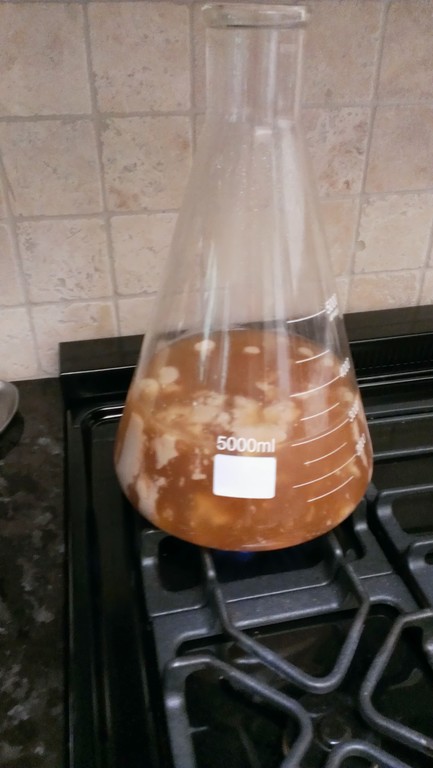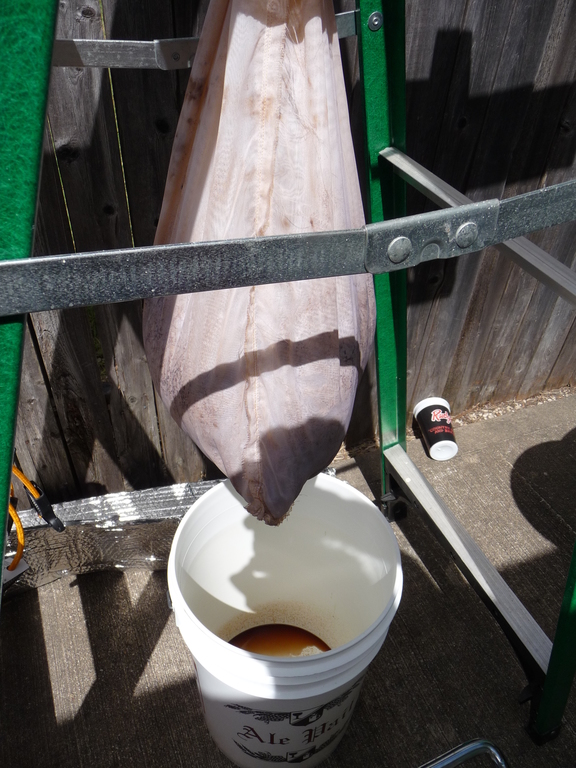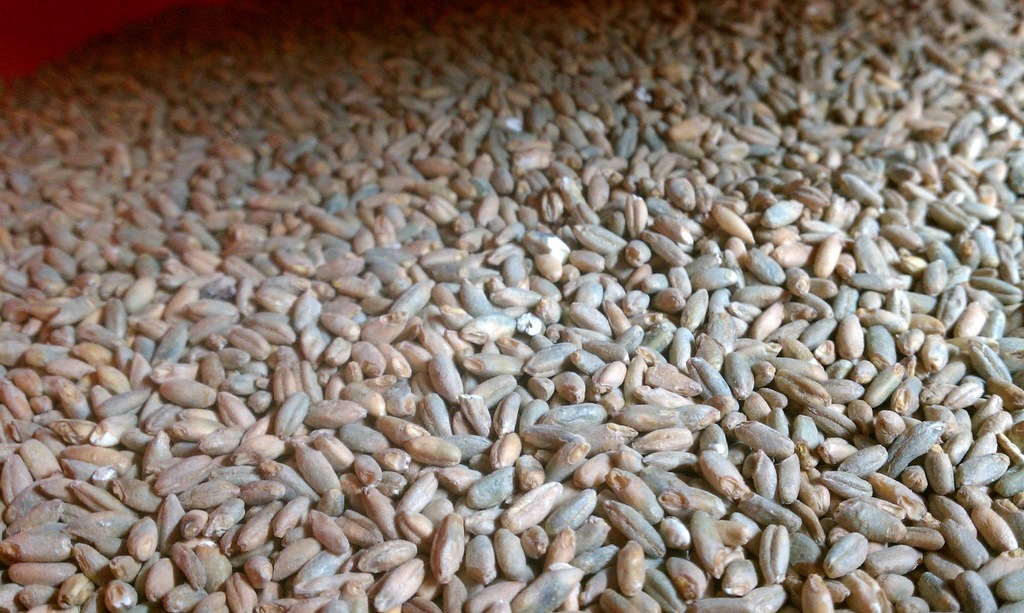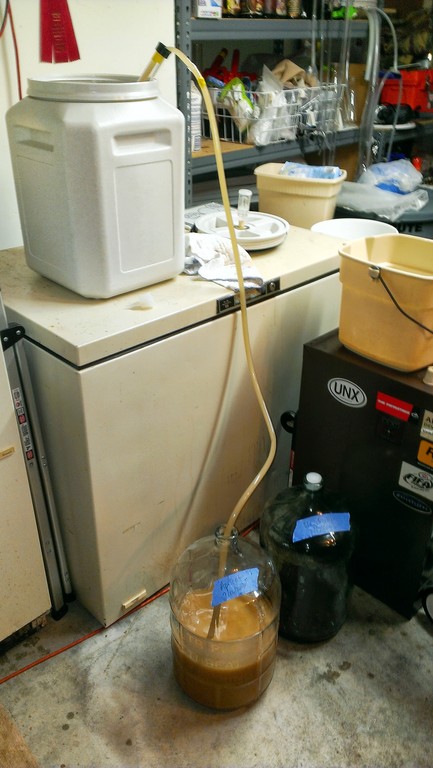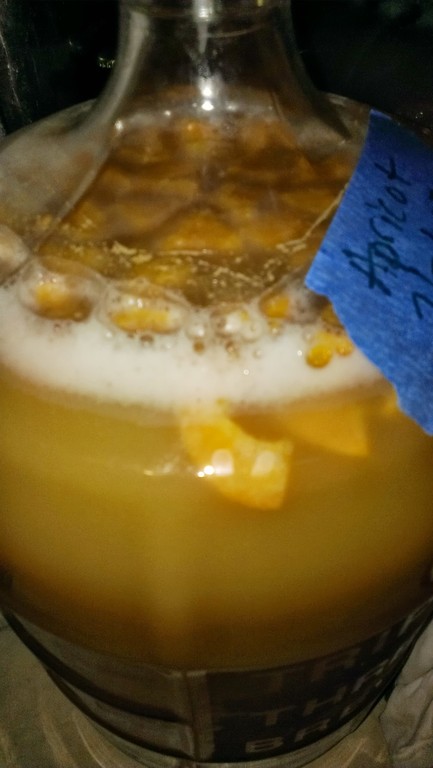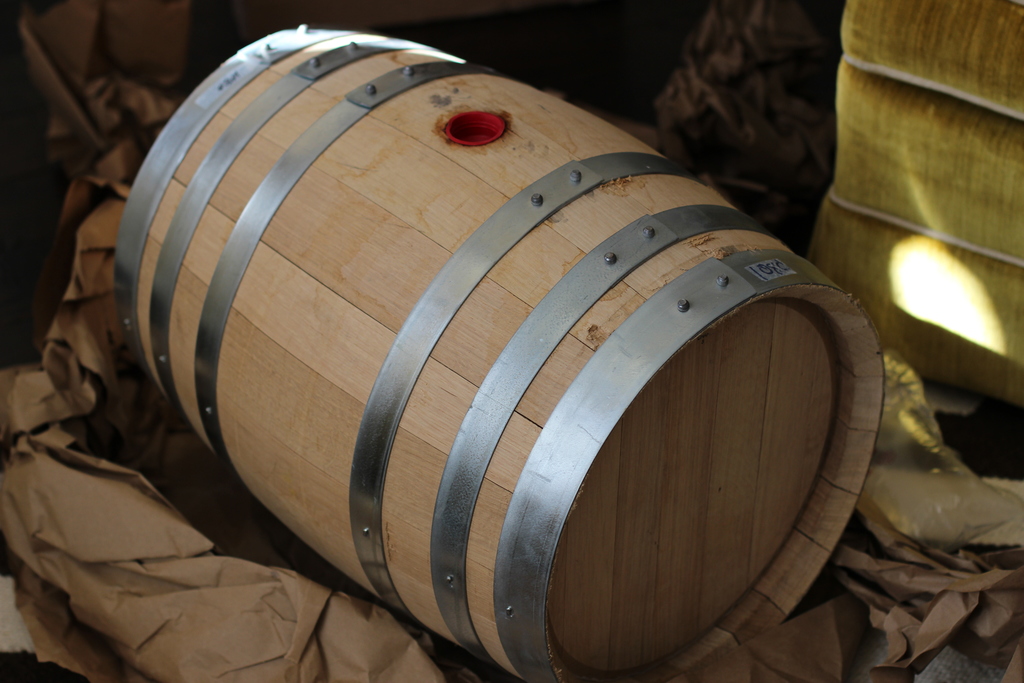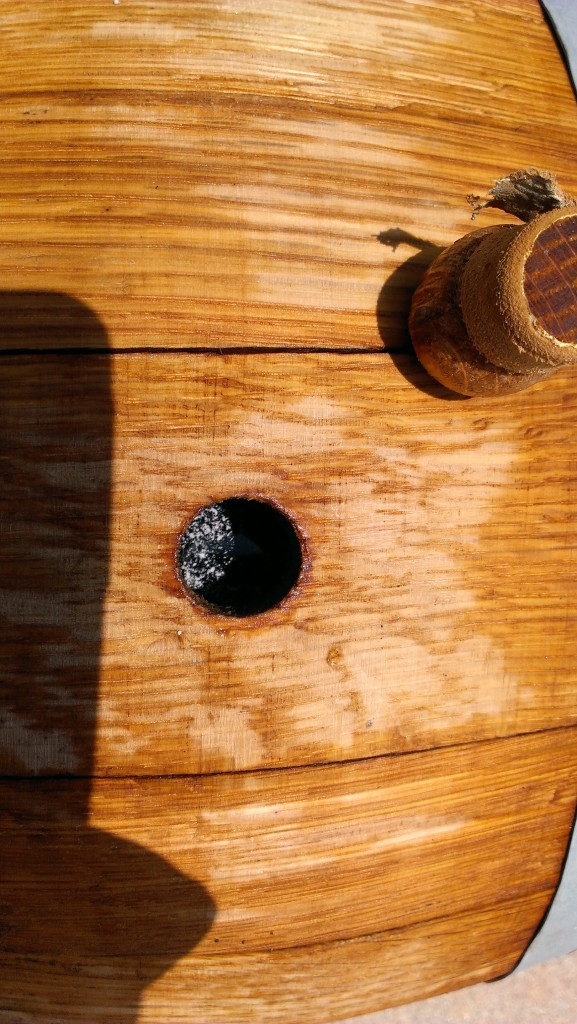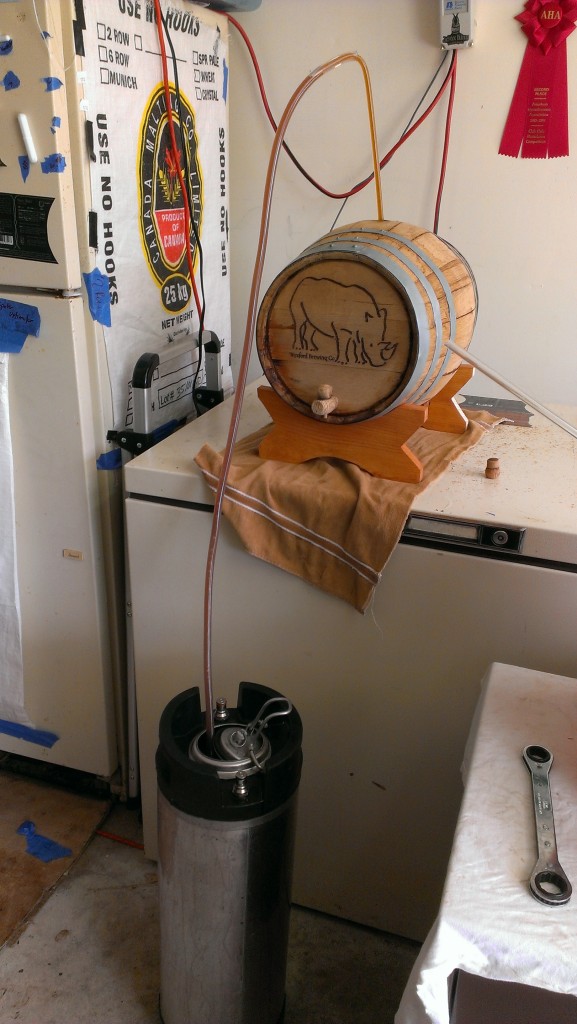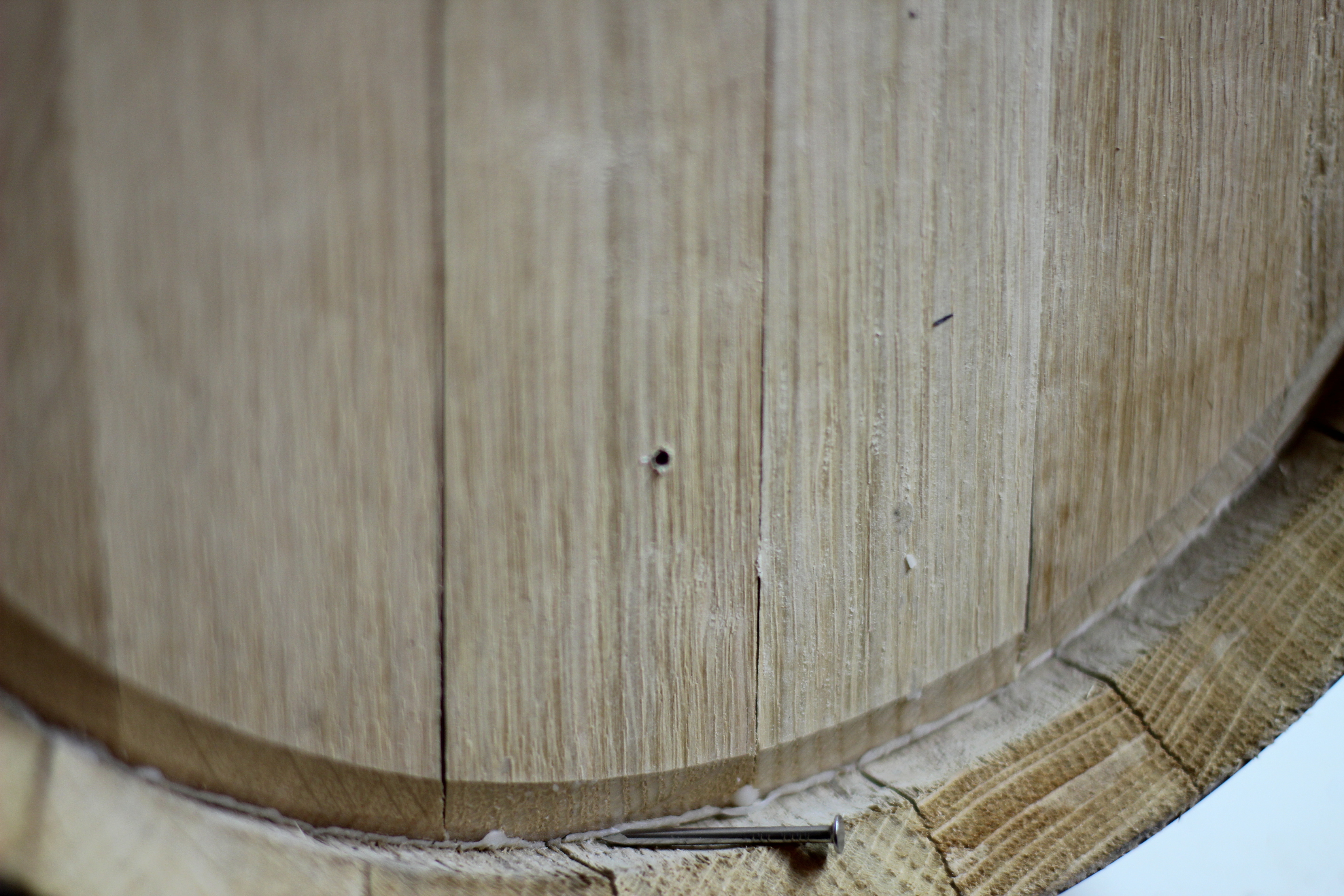One of the things I’ve learned about working with Brettanomyces and other non-Saccromyces organisms is that they need to be cared for in a different way. For Sacc, I don’t keep any extra or spare yeast around, besides the backup dry-yeast packets for stalled or failed fermentations. However, since finding Brett and Brett blends that taste good is difficult, many times homebrewers are stepping up yeast from bottle dregs and want to hang on to them for a while.
My first reading on how to keep Brett and other bugs going was from The Mad Fermentationists. I picked up four 1-gallon jugs and air locks. I’m using unfiltered pure apple juice to feed the Lactobacillus, and then some simple Dry Malt Extract (DME) based starters for Brett and Pediococcus.
DME is fairly inexpensive, but it certainly takes time to prepare and cool a batch for keeping the organisms happy. The Mad Fermentationist’s mentions to decant and feed the bugs every month or so. It occurred to me that I’m already making a batch of wort that I could use. I brew roughly every two weeks and part of my process involves moving the spent grain into a bucket lined with a nylon bag. I used to do brew-in-the-bag method, but with the Blichmann false bottom, I no longer need to worry about having a bag big enough, nor a winch to lift such a bag. The remaining benefit to the bag usages was to remove excess wort and moister from the grain to prevent one of the most potent and foul aspects of brewing from occurring: rotten grain.
It was a Friday night after one of my first brews on the new system and I had poured the spent grain into no less than three layers of garbage bags and tossed the old, wet, grain into the trash can. Our garbage collection service stops by on Tuesday morning. I spent quite a while in the garage on Sunday morning trying to find whatever dead animal that crawled in and died. I soon discovered that the offensive odor was coming from the bag of rotten grain. It took more than a few days to be rid of that awful smell. Lesson learned.
Thus every brew night I let the grain in the bag cool down after squeezing a gallon or more of wort out of the bag. Sometimes I use the extra wort to bring up my batch to the target volume, but at this point I’ve got my system dialed in. That means I’m just throwing the wort onto the grass. Well, no more my friend.
I saved off the extra wort in one of the gallon jars and I was just about to split it up to pitch the bugs into it when I realized that it hadn’t been boiled and was teeming with lots of bugs from the grain. A quick boil on the stove and a chill in the sink and I was done. I’m completely happy with this method for not wasting wort as well as keeping my new collection of yeast and bacteria well fed.

